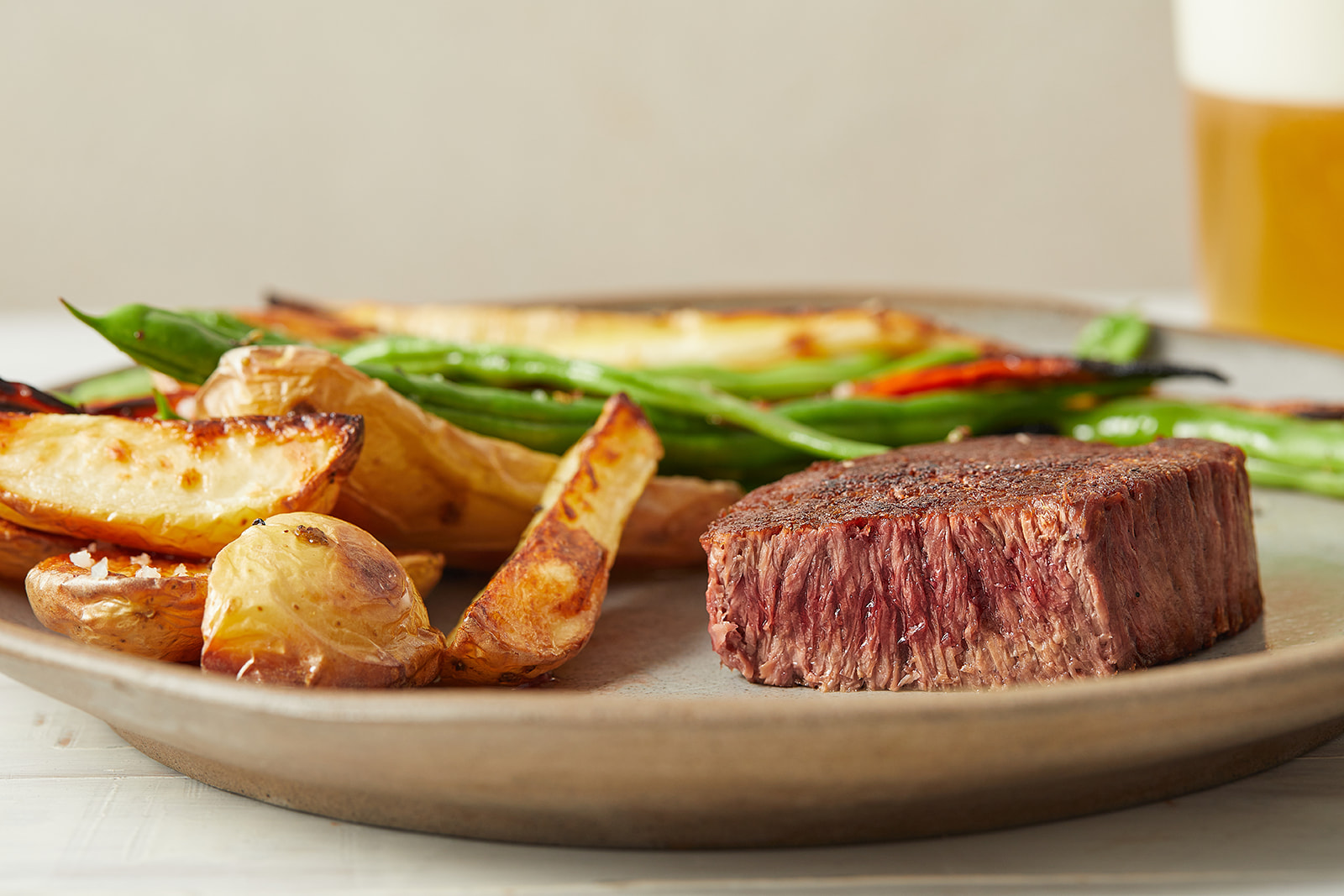Fermentation
Fermentation
An introduction to the use of fermentation to produce animal-free meat, eggs, dairy, and seafood.

What is fermentation?
Alternative protein companies are using fermentation in innovative ways to produce foods that deliver the distinctive flavors and textures of animal products without farming animals.
Fermentation can be used to produce alternative proteins that look, cook, and taste like meat through a process similar to the way foods like tempeh are made.
Precision fermentation uses different types of genetically engineered microorganisms (such as: yeasts, filamentous fungi, microalgae, bacteria, etc.) to produce real egg or dairy proteins (like whey and casein), delivering the familiar flavor and texture of foods like cheese and milk without using animals.
Why do we need fermentation?
Fermentation is an incredibly efficient process. It enables microorganisms to grow very quickly—sometimes doubling in size within hours, compared to months or years for animals.
This means that compared with farming animals, meat and other alternative proteins made using fermentation are less resource-intensive. They have the potential to reduce greenhouse gas emissions, deforestation, biodiversity loss, water use, water pollution, antibiotic resistance, and foodborne illnesses.
The fermentation process can even help reduce food waste by transforming agricultural surplus and byproducts into nutritious and delicious food.
How are alternative proteins made with fermentation?
Some alternative protein companies use a method similar to beer or yogurt production to grow large quantities of mycoproteins. These proteins, originally found in soil, develop a meaty texture and can be combined with other ingredients to produce animal-free meat.
Another method of fermentation–known as precision fermentation–uses organisms such as yeast to produce pure dairy or egg proteins or ingredients such as heme. This process has been used for decades to produce medicines like insulin and food enzymes like rennet (which is found in many cheese products).
First, gene sequences for the proteins found in cow’s milk or chicken’s eggs are introduced into the yeast. These tell the yeast how to produce proteins such as whey and casein, which give dairy cheese its distinctive flavor and texture.
Next, the yeast is fed simple sugars and converts them into the desired protein in the same way it would turn sugar into alcohol during beer production.
Finally, the proteins are mixed with other ingredients like plant-based fats to create a finished product that is identical to an animal product, such as cow’s milk or cheese.
How can we advance fermentation in Israel?
Creating the flavors and textures of animal products using fermentation involves using new science and technology. Many approaches are yet to be rigorously explored or optimized for making alternative proteins, and access to the latest technology is limited, so we are only in the early stages of innovation.
To uncover the full potential of alternative proteins made with fermentation, we need public investment in open-access research and development to support innovation and make these foods accessible to consumers across Israel. For instance, GFI’s market research indicates that among other potential research directions, open-access research into the best protein strains would be particularly valuable for developing the fermentation sector.

The science of fermentation
Learn more about the science and technology behind fermentation and the gaps where more research is needed to accelerate the transition to a sustainable, secure, and just food system.
Our activity areas

Science
Explore the science of plant-based, cultivated meat and fermentation. Discover research ideas, funding opportunities and open-access tools.

policy
Learn more about how plant-based and cultivated meat can help governments address issues like climate change and antibiotic resistance.

Business& innovation
Find opportunities and open-access advice on producing and selling plant-based and cultivated meat.

